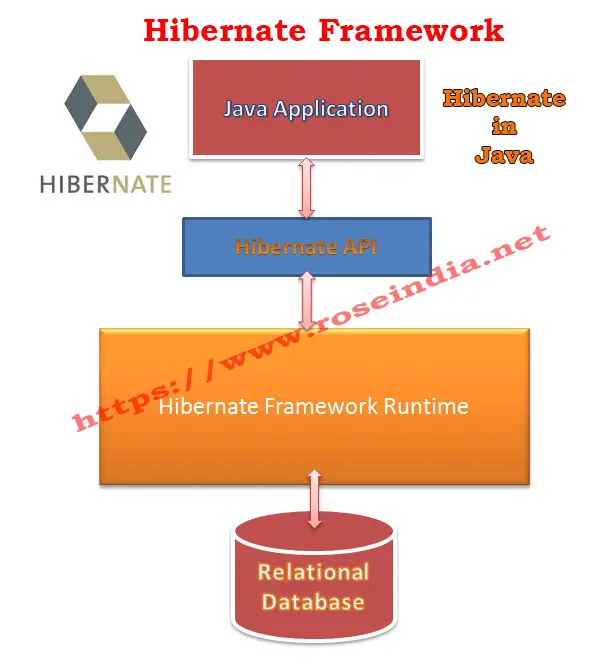
- #Hibernate java sql how to
- #Hibernate java sql driver
- #Hibernate java sql full
- #Hibernate java sql software
- #Hibernate java sql code
In the next screen, enter information for the artifact as following:Ĭlick Finish. If you don’t see this option, click File > New > Project… and select Maven Project from the New Project wizard, and then click Next.In the next screen, check the option Create a simple project (skip archetype selection): And click Next. Creating the Project in EclipseIn this step, you will create a Maven project in Eclipse and add dependency for Hibernate in the Maven’s project configuration file ( pom.xml).In Eclipse IDE, click menu File > New > Maven Project. This table consists of 4 columns: book_id (auto-increment ID), title, author and price.ģ. This creates a database named bookstore with a table named book. `book_id` int(11) NOT NULL AUTO_INCREMENT, Therefore, execute the following SQL script in MySQL Workbench tool (or MySQL Command Line Client program): CREATE DATABASE 'bookstore' Setting up the MySQL DatabaseYou will develop a Java application that manages a collection of books in database.
#Hibernate java sql how to
Now, let see how to build your first Hibernate-based Java application.Ģ.
#Hibernate java sql code
Imagine you can perform CRUD operations and much more without writing any SQL statements.In additional, the Hibernate Query Language (HQL) allows you to write object-oriented queries for advanced operations.Hibernate is an implementation of Java Persistence API (JPA) so your code has high interoperability with other Java EE applications.Having said that, Hibernate framework is an ideal choice for the persistence layer in Java EE development, and in fact, it is widely used and trusted by thousands of Java programmers.That’s was a short introduction about Hibernate. Hibernate framework saves you a lot of time for developing database-extensive applications as it does all the database hard work so you have more time to focus on implementing business logic. That means you can map Java classes to database tables and map Java data types to SQL data types.

Why Hibernate?In short, Hibernate is an Object-Relational Mapping (ORM) tool for the Java language.
#Hibernate java sql driver
#Hibernate java sql software
The following software programs and technologies are used (of course you can use newer versions):
#Hibernate java sql full
To avoid unexpected use of JNDI, full support for JNDI has been disabled in the Hibernate ORM extension for Quarkus.

The JNDI technology is commonly used in other runtimes to integrate different components.Ī common use case is Java Enterprise servers to bind the TransactionManager and the Datasource components to a name and then have Hibernate ORM configured to look these components up by name.īut in Quarkus, this use case doesn’t apply as components are injected directly, making JNDI support an unnecessary legacy. If you badly need to bind it to a ThreadLocal, it should be trivial to implement in your own code.

This feature also didn’t integrate well with reactive components and more modern context propagation techniques, making us believe this legacy feature has no future. Since Quarkus provides out-of-the-box CDI support, injection or programmatic CDI lookup is a better approach. It is impossible to use the ThreadLocalSessionContext helper of Hibernate ORM as support for it is not implemented. Binding the Session to ThreadLocal context Hibernate ORM’s capability to integrate with JACC is disabled when building GraalVM native images,Īs JACC is not available - nor useful - in native mode. All such metrics can be accessed in other ways. This limitation is likely permanent, as it’s not a goal for native images Therefore, Hibernate’s capability to register statistics and management operations with the JMX bean is disabled when compiling into a native image. Management beans are not working in GraalVM native images Then the mapping file path META-INF/orm.xml can only be referenced from a persistence.xml in the same JAR as the META-INF/orm.xml file. In practice, it’s only possible to have duplicate XML mapping files in the classpath in very specific scenarios.įor example, if two JARs include a META-INF/orm.xml file (with the exact same path but in different JARs),


 0 kommentar(er)
0 kommentar(er)
